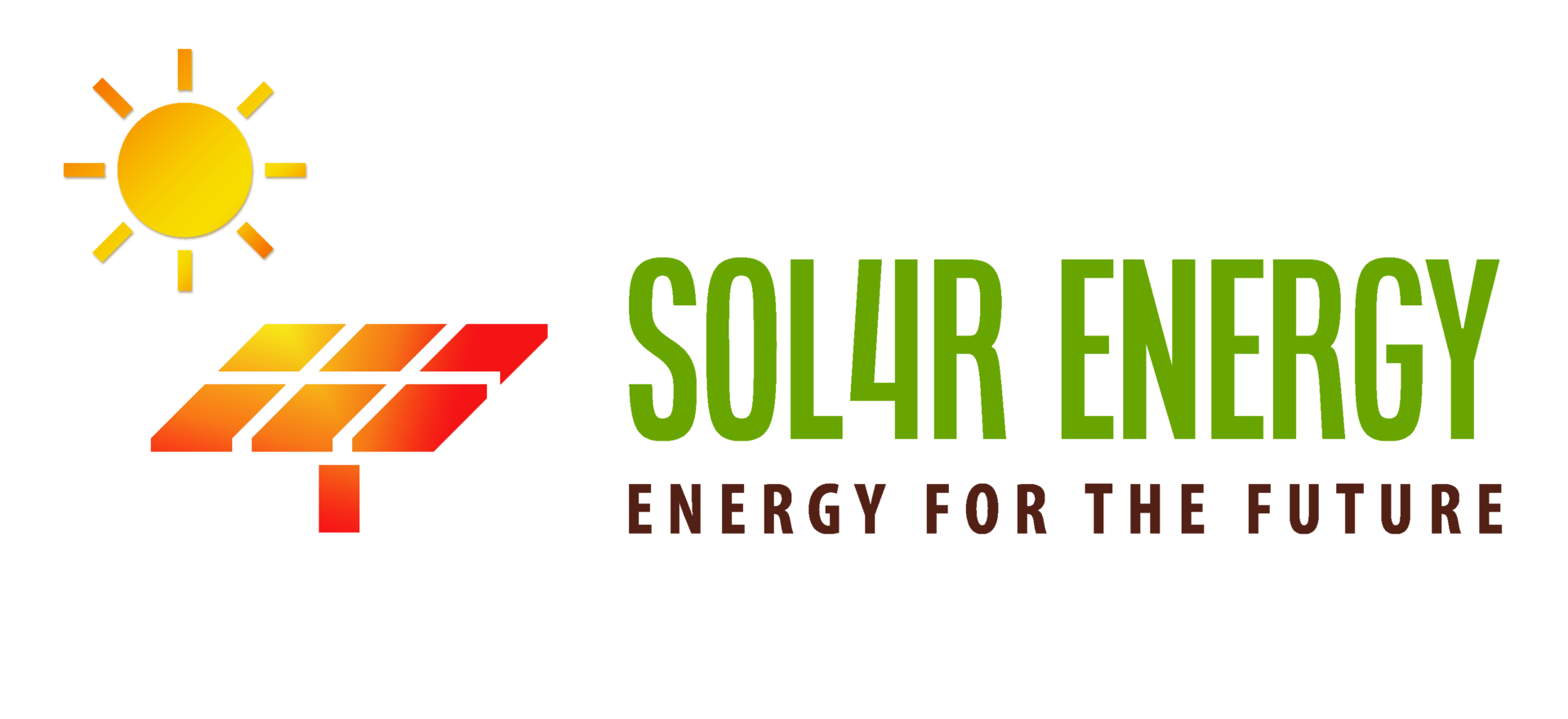FREQUENTLY ASKED QUESTIONS
Discover solar solutions with our FAQ guide. Learn about panel suitability, installation, savings, and more. Your solar journey starts here.
WELCOME TO OUR FAQs
We’re here to provide you with clear and concise answers to the most common questions about solar energy and its benefits. Whether you’re curious about how solar panels work, their installation process, potential savings, or regulatory considerations, you’ll find the information you need right here. Our goal is to help you make informed decisions as you explore the world of solar power for your home or business. If you have a question that isn’t covered in our FAQs, feel free to reach out, and we’ll be glad to assist you.
Solar PV stands for Solar Photovoltaic, a technology that converts sunlight into electricity. Solar panels, made up of photovoltaic cells, capture sunlight and generate direct current (DC) electricity, which can then be converted into usable alternating current (AC) electricity for homes and businesses.
Solar panels are typically attached to the roof using mounting systems. These systems secure the panels in place while ensuring they are angled properly to maximise sunlight exposure. Mounting options include roof-integrated, ballasted, or rail-based systems, which can be chosen based on the roof type and structure.
While solar panels perform optimally on roofs facing South, Southeast (SE), or Southwest (SW), they can be installed on other orientations as well. Solar panels facing South tend to produce the most electricity, but those facing due East or West can still generate approximately 86% of the energy of a South-facing installation.
Solar panels generally have a self-cleaning capability due to rain and natural elements. However, occasional cleaning may be necessary in dusty or pollen-rich environments. Keeping the panels clean can optimise their efficiency and performance.
Solar panels are designed to be durable and can last 25 to 30 years or more. While their efficiency may slightly decrease over time, well-maintained panels can continue to produce electricity effectively.
Yes, solar panels can still produce electricity on cloudy days, although their efficiency is reduced compared to sunny days. They rely on diffuse sunlight, which is scattered by clouds, to generate power.
Solar panels connect to your home’s electrical supply through a device called an inverter. The inverter converts the electricity generated by the solar panels from direct current (DC) to alternating current (AC), which is what your home uses. This AC electricity is then integrated into your electrical system and can power your home’s appliances. If your solar panels produce more electricity than you need, the excess energy can flow back into the grid, reducing your energy costs.
If your solar PV system is grid-tied (connected to the utility grid), it will automatically shut down during a power cut to prevent backfeeding and ensure the safety of utility workers. Some advanced systems with battery storage can provide backup power during outages.
Yes, solar panels can work without battery storage. In a grid-tied system, excess electricity generated during sunny periods is fed back into the grid, earning you credits or compensation. Battery storage is optional and provides energy independence and backup power in case of outages.
Batteries in a solar system are usually installed in a suitable location within your property, often in a garage, basement, or utility room. The specific location will depend on factors like available space, safety considerations, and ease of access.
If your solar panels produce more electricity than you’re using, the excess energy is typically fed back into the grid if your system is connected to it (grid-tied). You may earn credits or compensation for the surplus energy through a process called net metering. This helps offset your energy costs during times when your panels are producing less electricity, such as at night.
Your potential savings depend on your energy consumption, the size of your solar system, and your local electricity rates. A well-sized solar PV system can significantly reduce or even eliminate your electricity bills, providing long-term cost savings.
The size of the solar system you can fit on your roof depends on factors such as available roof space, orientation, and shading. Our team will assess your roof and recommend an appropriate system size based on your energy needs and the roof’s characteristics.
Solar PV installations typically take around 1 day, but in some cases, it might extend to 2 days based on the system size, complexity, and specific site requirements.
No, we will handle the necessary permits and notifications, including informing Building Control, as part of our service. We’ll ensure that your installation meets local building codes and regulations.
In many cases, you do not need planning permission for solar panel installation. However, there are specific situations where planning permission might be required, including:
- If your home is a listed building
- If your home is located in a conservation area or an area of outstanding natural beauty (though panels may still be permitted under certain conditions)
- If the panels protrude more than 200mm from the roof (most installations fit within this limit)
- If you are installing a ground-mounted array
It’s advisable to consult your local planning authority. Alternatively, you can get in touch with us and we’ll advise you whether you need planning permission for your specific installation.
The time it takes to see a return on your solar PV investment (also known as payback period) varies based on factors such as system cost, energy savings, and local incentives. On average, solar PV systems can achieve payback in around 5 to 10 years, after which you’ll enjoy free or reduced-cost electricity for the remainder of the system’s lifespan.
